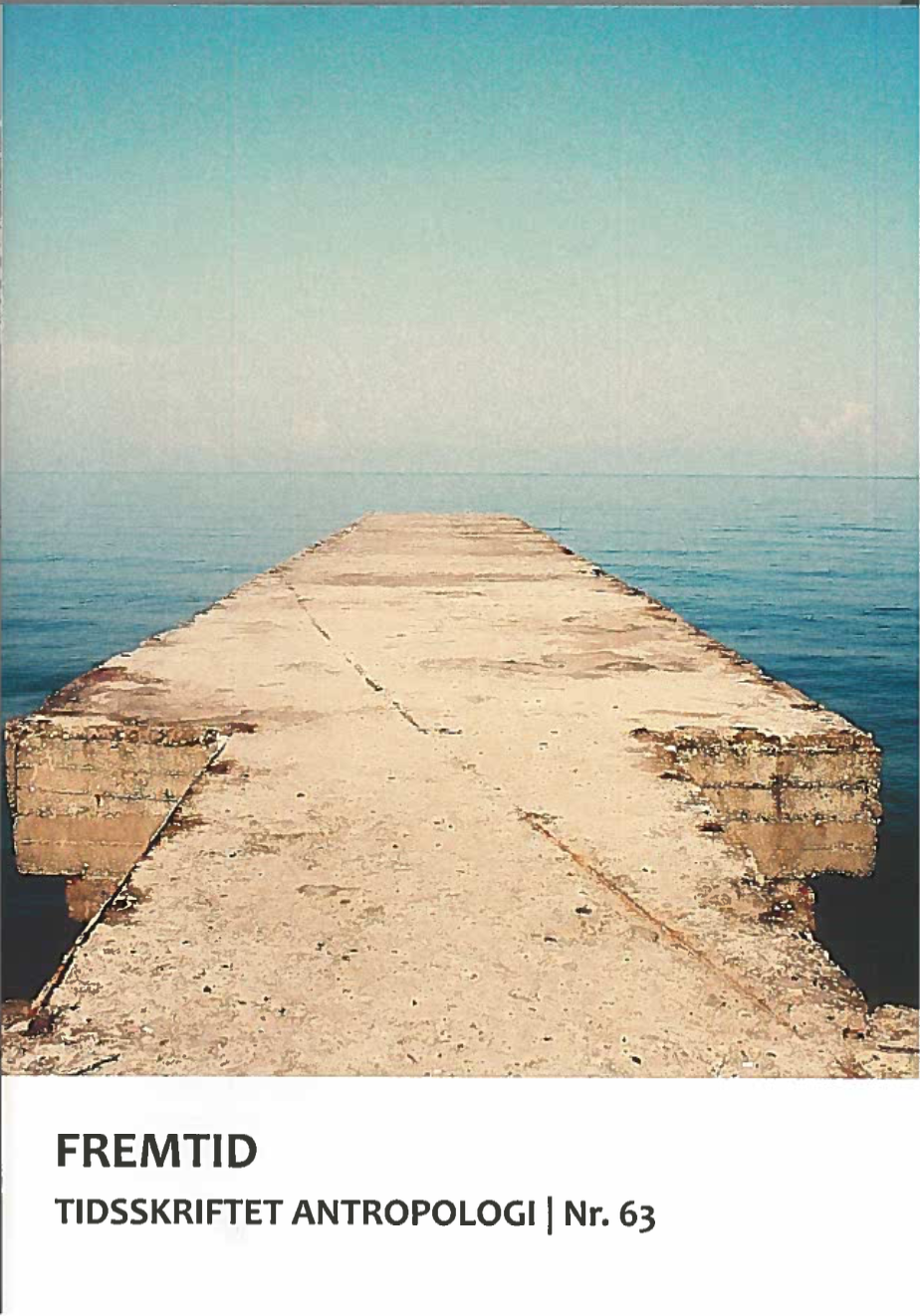Fremtiden på museet
DOI:
https://doi.org/10.7146/ta.v0i63.27376Resumé
Kulturhistoriske museer har traditionelt legitimeret sig selv ved deres relation til historien. Ved at bevare historien og formidle den for et nutidigt publikum er museet det sted, der skaber en relation mellem fortiden og nutiden med alt, hvad det indebærer af konnotationer til identitet, tradition m.v. Men kunne museet også være et sted, hvor vi beskæftiger os med fremtiden? Med baggrund i nyere teori om materielle genstandes effekter argumenterer artiklen for, at museet, ved at åbne op for nye potentialer i dets samlinger, kan blive et eksperimentarium, hvor vi arbejder med at udvikle nye mønstre – både for det sociale og for den faglige teoriudvikling. Dette kræver dog, at museet accepterer ikke blot at formidle etableret viden, men vover at kaste sig ud i eksperimenter, der har en ufærdig form og inddrager publikum som reelle diskussionspartnere.
Peter Bjerregaard: The Future at the Museum
Social science museums have conventionally been legitimized through their relation to history. Preserving our cultural heritage and presenting this to a contemporary audience, the museum has been the link between the past and the present – with all the connotations to identity, tradition etc. that it entails. But could the museum also be a place to engage with the future? Based in recent theory on the effect of material artefacts, it is argued that by opening up for new potentials in the collections, the museum can turn into an experimentarium, where new patterns are developed – both in terms of social life in general and in the development of theory. In order to do so, the museum has not only to accept present established knowledge but will include audiences as participants in the development of new theoretical insights.
Keywords: Museums, materiality, effect, future, exhibition, democratic spaces
Downloads
Publiceret
Citation/Eksport
Nummer
Sektion
Licens
Ophavsretten til artiklerne i Tidsskriftet Antropologi tilfalder forfatteren.
Artikler publiceret i Tidsskriftet Antropologi må citeres, downloades og videresendes for ikke-kommerciel brug, under forudsætning af normal akademisk reference til forfatter(e) samt tidsskrift, årgang, nummer og sider. Artiklerne må kun genudgives med eksplicit tilladelse fra forfatter(e) og tidsskriftet.


